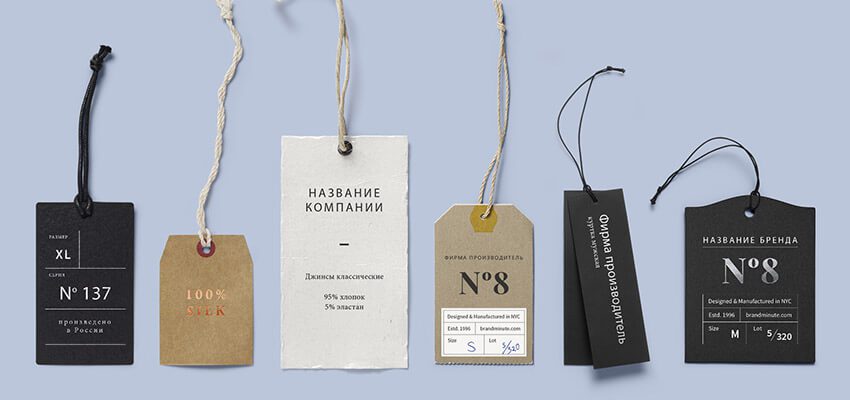
Clothing labels
Decipher the names
In winter, the biker faces the cold. Since the time of putting newsprint under the jacket, research has moved forward and now offers several fabrics, offering insulation, breathability, waterproofing and protection for jackets, underwear, gloves, boots, socks, long boxers, hoods, neckbands, under gloves, vests ...
impermeability
Sealing is ensured by microporous membranes and also breathable. These very thin membranes (a few microns) are always inserted between two other layers and are dotted with billions of microscopic holes per square centimeter. The holes are large to prevent large water droplets from passing through, but enough to allow sweat to drain off.
This type of membrane is found under the most famous term Goretex, as well as Coolmax, Helsapor, Hipora, Porelle, Sympatex ...
Thermal insulation
Thermal insulation retains body heat while providing some breathability. Therefore, laboratories such as Rhone Poulenc, Dupont de Nemours are working on synthetic fibers as a result of petrochemical research. The goal is to evacuate sweat while maintaining heat.
This type of fabric is called: fleece, thinning, microfiber ...
Resistance and protection
After waterproofing and thermal insulation, the 3rd study focused on the protection and durability of fabrics, especially in the event of a biker's fall. This materializes mainly in the form of reinforcements at the main points of action: palms (gloves), elbows, shoulders and back (blouses), knees (trousers).
Names and their secrets
| Acetate: | Silk-like artificial fiber made from vegetable cellulose mixed with solvents |
|---|---|
| Acrylic: | Petrochemical fiber, also known as Dralon, Orlon and Courtelle |
| Aquator: | Synthetic fiber that protects against water and cold |
| Cordura: | DuPont's super-thick nylon is twice as abrasion resistant as standard nylons while being lightweight. |
| Coolmax: | Dracon polyester fiber absorbs moisture and maintains body temperature |
| Cotton: | natural cellulose fiber, which tends to hold on to transport. Never put under fleece, which prevents breathability. |
| Кожа: | natural. This comes from the tanning procedure on the skin of animals. It provides excellent slip resistance but little impact resistance and must always be reinforced with internal protection. |
| Dinafil TS-70: | extremely durable bass fabric, heat resistant up to 290 °. |
| Elastan: | The generic name is given to elastomeric fibers (eg lycra). |
| Foam: | special protection for the beating in the event of a fall |
| Upper text: | ultra-thin membrane based on expanded Teflon, waterproof but breathable, in combination with clothing (WL Gore et Associés) |
| Kevlar: | aramid fiber, invented by the American Dupont de Nemours, is present in the protective tissue. Even with only 0,1% in the fabric blend, it is still called Kevlar. |
| Protect: | a blend of Kevlar, Cordura, Dynamil, Lycra, WB formula with excellent resistance to abrasion and tear (but not burning), developed by the Swiss company Schoeller. |
| Wool: | Animal fleece fiber, hot |
| Linen: | Plant stem fiber |
| Lycra: | Elastomeric fiber is used in a small percentage (about 20%) mixed with fabrics to impart expandable / elastic properties |
| Nomex: | a fiber invented by DuPont that does not melt, but pyrolyzes, i.e. carbonizes in gaseous form (and therefore does not melt) |
| Nylon: | Polyamide fiber made by Dupont |
| Polar: | synthetic fiber ideal for use in underwear, the quality of which is relatively expensive. Prices start at € 70 and can go up to € 300 cheerfully! |
| Polyester: | A fiber made by the condensation of two oil components such as Tergal (Rhône Poulenc). |
| Silk: | natural or synthetic, thin and lightweight fiber, used mainly under gloves and a hood and protected from the cold. |
| Tactile | wick moisture |
| Thermolite: | Hollow polyester fiber (microfiber blend) created by Dupont to maintain body warmth, |
| WB Formula membrane: | water / wind seal |
| Wind Bear: | fabric composed of mesh, membrane and fleece, waterproof and breathable, |
| wind stopper: | breathable membrane, windproof, inserted between two layers of fabric |
Conclusion
It is important in cold weather to know how to combine the right consistent materials and layers, acting in places that promote heat loss.
Heat comes on clothes mainly at intersections: collar, sleeves, lower back, legs. Therefore, it is important to ensure a good connection with the neck circumference, glove slaves returning to the sleeve, kidney belt, boot trousers respectively.
Since air is a great insulator, it is important to combine multiple layers in succession rather than wearing one large sweater. Choose synthetic materials like fleece that will offer warmth and breathability, and don't mix them with natural fibers like cotton, which tend to retain moisture. Instead, opt for a synthetic sub-fabric to which you add one or two fleece under the jacket. It can be interesting to wear a rain combo, even in clear weather, to take advantage of its windproof effect, reducing heat loss.
